Description
Characteristics
No Reviews
Description
Summary
HTIT-Wsh(Wireless shell) is a long communication range, high receive sensitivity, low power consumption(9uA) and low cost LoRa node module. The HTIT-Wsh is composed up of an MCU (ESP32-S3FN8) and Semtech LoRa Transceivers (SX1262). 38.4 x 16.1 x 3.2(mm) size with 1.27mm stamp holes package makes it can be assembled into your PCB or products directly.
HTIT-Wsh is provide Wi-Fi, BLE and LoRa solution, perfectly support Arduino®. Users can easily carry out secondary development and application.
Compared to Wireless Shell (V2), V3 has made the following upgrades:
| Item | Wireless Shell (V2) | Wireless Shell (V3) |
|---|---|---|
| MCU | ESP32-D0 | ESP32-S3 |
| LoRa Node Chip | SX1276 | SX1262 |
| USB Socket | Micro USB | USB Type C |
| Crystal Oscillator | Ordinary crystal oscillator | High precision temperature compensated crystal oscillator |
| Low Power Features in Deep Sleep | 30uA | <10uA |
| Other Update | Better impedance matching of RF circuits. |
Main Features
- CE Certificate;
- Microprocessor:ESP32-S3FN8 (Xtensa ® 32-bit LX7 dual core processor, five stage pipeline rack Structure, main frequency up to 240 MHz), with LoRa node chip SX1262;
- RF shielding (contain a shield shell) and other protection measures;
- Integrated WiFi, LoRa, Bluetooth network connections, both of them are IPEX socket;
- Support the Arduino development environment;
- (Exclusive) Supports the Arduino version of the ESP32 + LoRaWAN protocol routine provided by Heltec. This is a standard LoRaWAN protocol that can communicate with any gateway/base station running the LoRaWAN protocol (requires serial number activation, only the development of the company) The board is available, the serial number can be queried onthis page);
- With good RF circuit design and basic low-power design (sleep current: 9uA theoretically), it is convenient for IoT application vendors to quickly verify solutions and deploy applications.
Specifications
| Parameters | Description |
|---|---|
| Master Chip | ESP32-S3FN8 (Xtensa®32-bit lx7 dual core processor) |
| LoRa Node Chip | SX1262 |
| Frequency | 470~510MHz, 863~928MHz |
| Max. TX Power | 21±1dBm |
| Max. Receiving Sensitivity | -139dBm |
| Wi-Fi | 802.11 b/g/n, up to 150Mbps |
| Bluetooth LE | Bluetooth 5, Bluetooth mesh |
| Hardware Resource | 7*ADC1 + 8*ADC2; 9*Touch; 3*UART; 2*I2C; 2*SPI; etc. |
| Interface | LoRa ANT(IPEX1.0); 2.4G ANT (IPEX1.0); 1.27 spacing Stamp hole. |
| Operating Temperature | -40 ~ 85 ℃ |
| Dimensions | 38.4 * 16.1* 2.8 mm |
Description
Pin Map
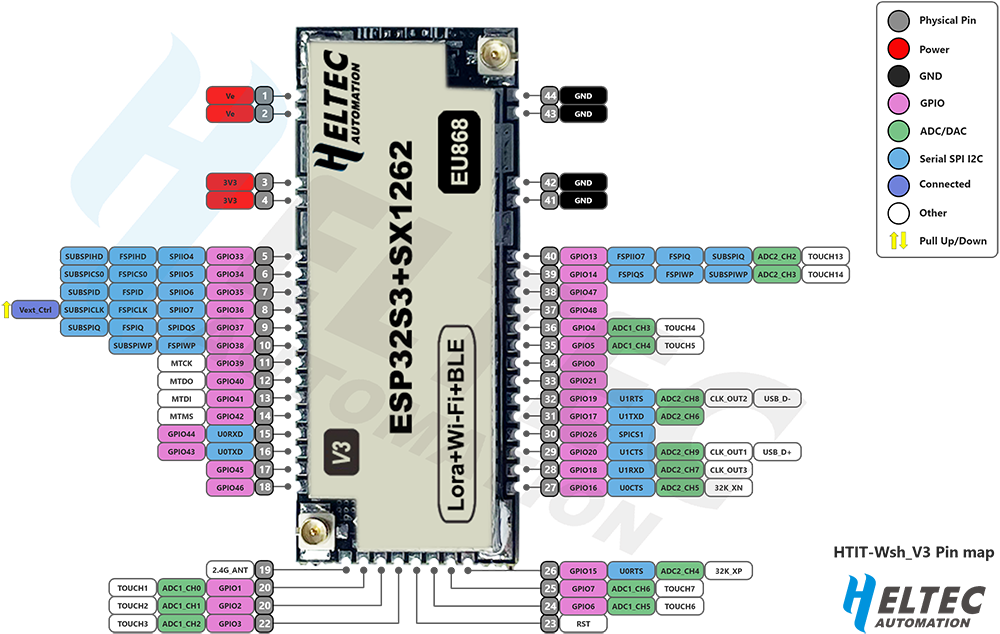
Docs & Resource
- [Resource] — Heltec ESP(ESP32&ESP8266) framework
- [Resource] —Heltec ESP32 special Lib
- [Resource] —Datasheet
- [Resource] —Schematic_Diagram
- [Resource] — Reference_Design
- [Attachment] — Heltec LoRaWAN test server based on TTS V3
Packing list
The default packing list without selecting any accessories is as follows:
| Item | Quantity |
|---|---|
| Wireless Shell | x1 |
Characteristics
| Weight | 3 g |
|---|---|
| Dimensions | 4 × 2 × 0.4 cm |
| LoRa Band | 470~510MHz, 863~870MHz, 902~928MHz |
No Reviews
Be the first to review “Wireless Shell(V3), ESP32S3 + SX1262 LoRa Node, Meshtastic and LoRaWAN Compatible”
You must be logged in to post a review.
Wireless Shell(V3), ESP32S3 + SX1262 LoRa Node, Meshtastic and LoRaWAN Compatible
What's this?
HTIT-Wsh provides Wi-Fi, BLE, and LoRa solutions, which perfectly support Arduino®. Users can easily carry out secondary development and application.
$11.90

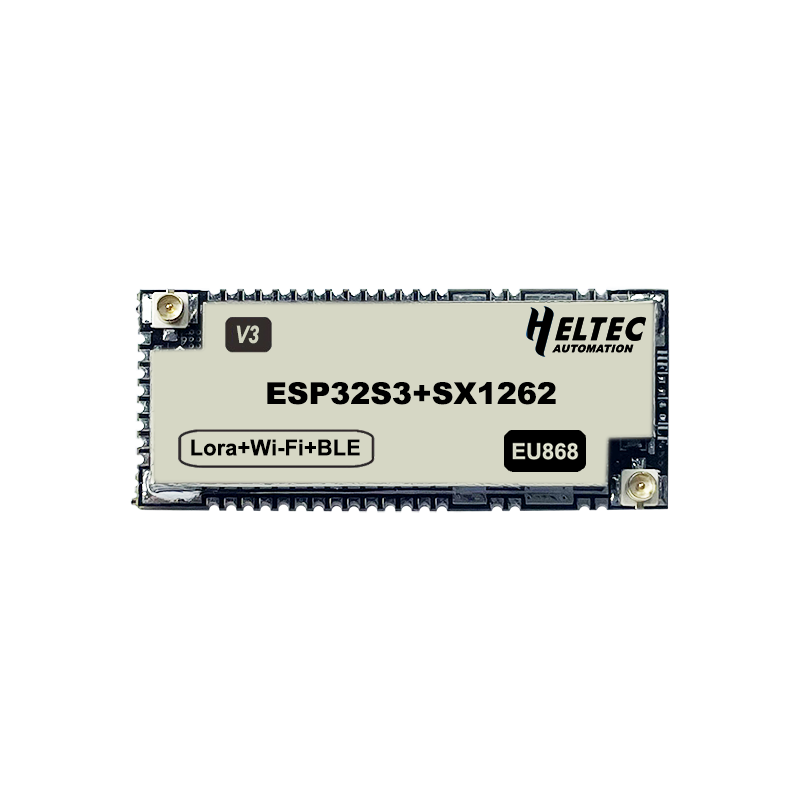
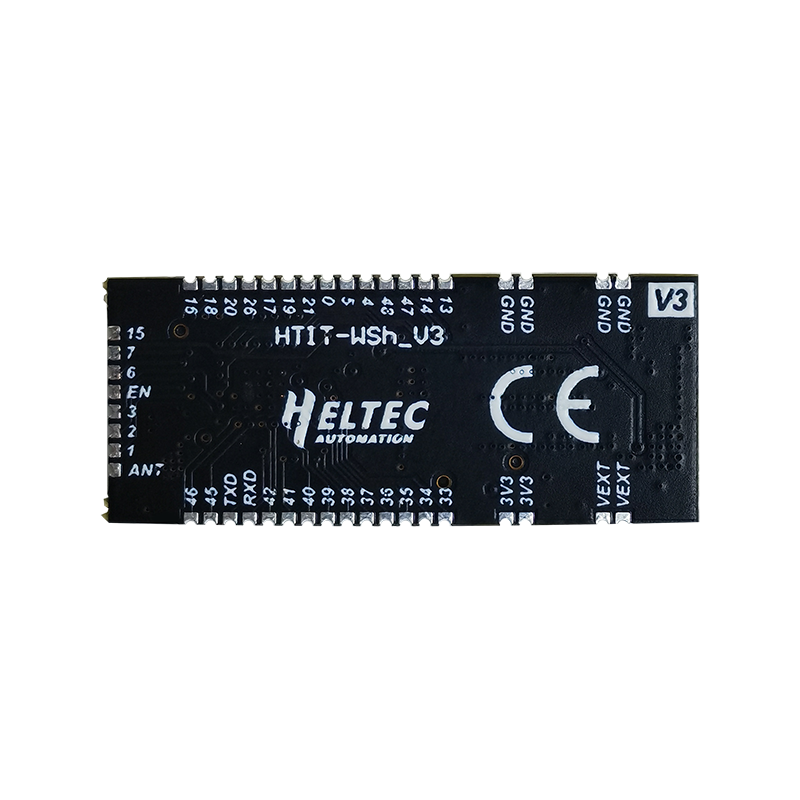
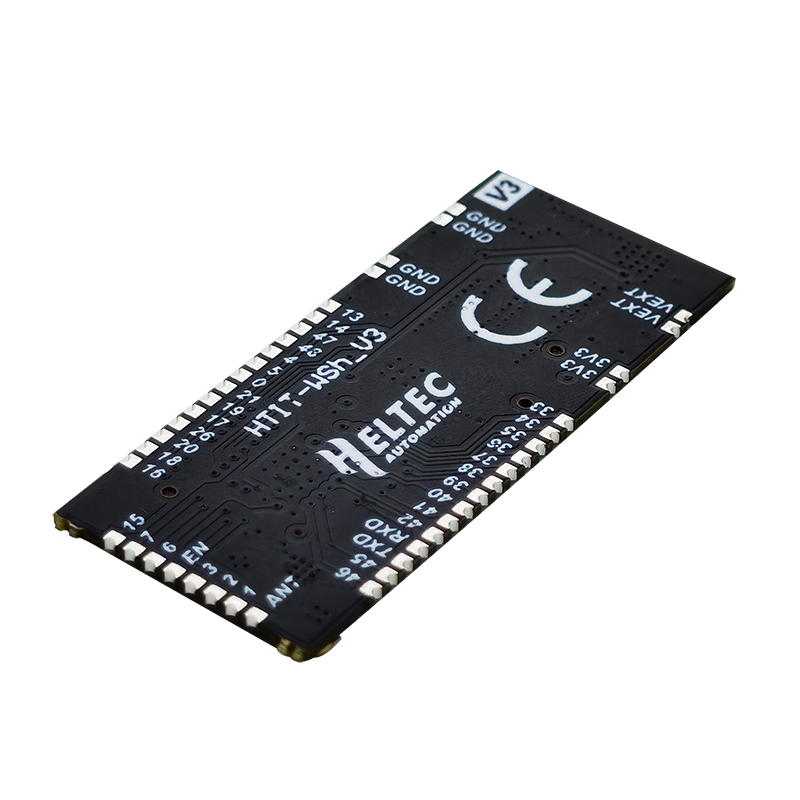
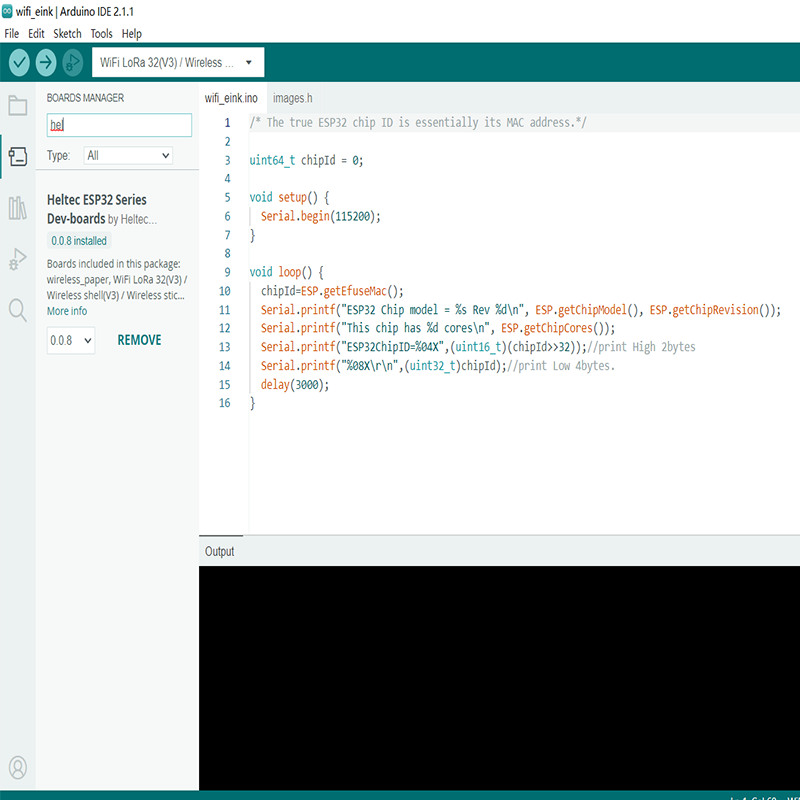

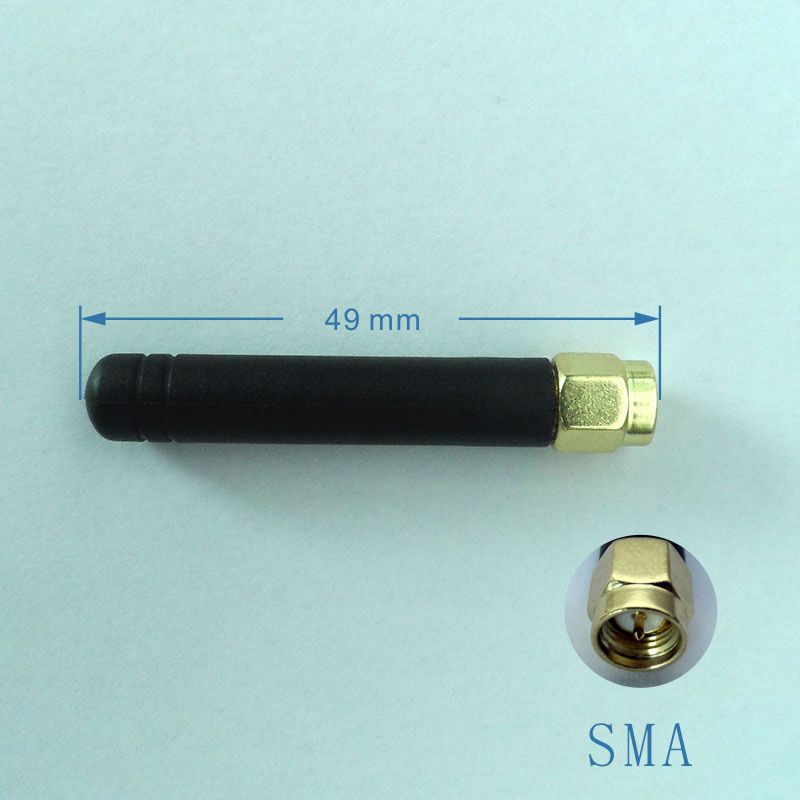
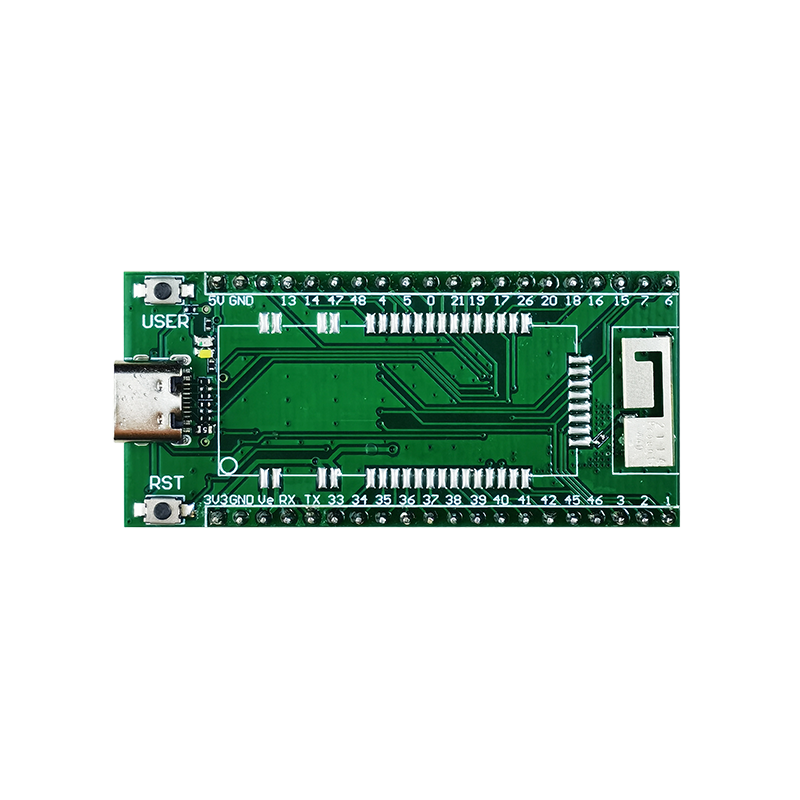
Reviews
There are no reviews yet.